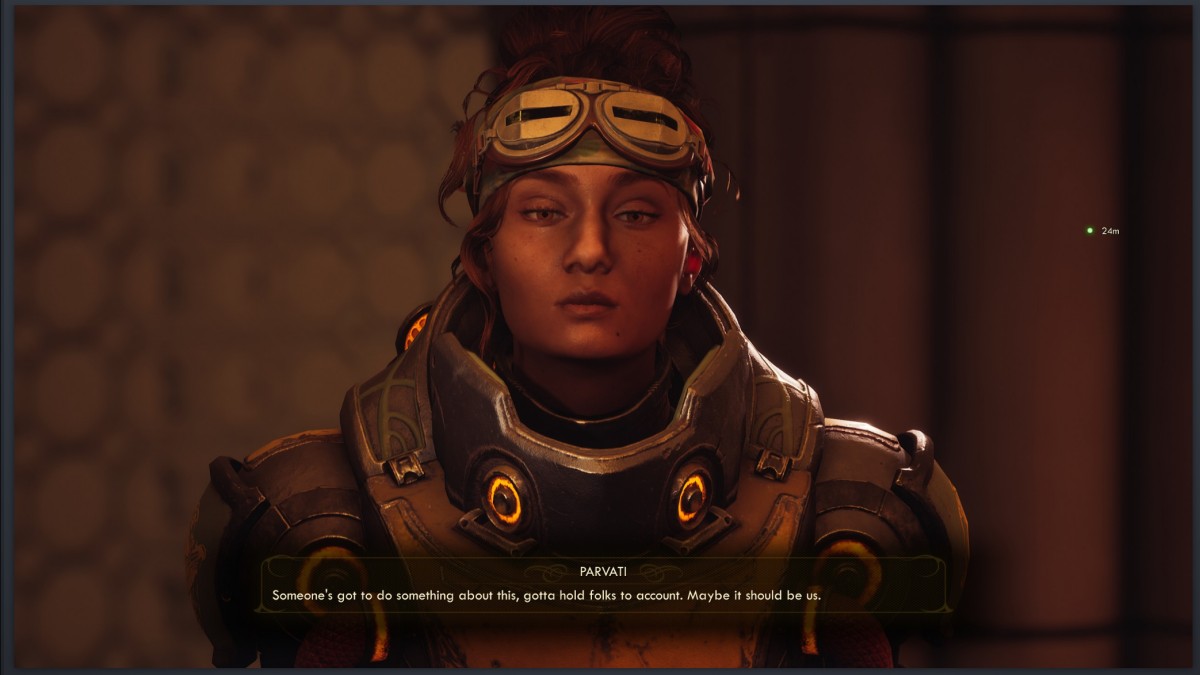Boss Fights: Why Making Games Is So Hard
Having played video games for almost as long as they’ve existed, blogged about them a handful of times, and even dabbled in developing them, it’s fair to say I’m a gamer. Like many, though, I often find the game development industry puzzling. Why does it take companies so long to make new games, why do they sometimes cancel or delay projects that seem to have so much fan interest, and most importantly, why does the business seem to breed so many scandals?
In a pair of books published in 2017 and 2021, longtime game industry journalist Jason Schreier has finally given us some answers to all of those questions and more. His first book, Blood, Sweat, and Pixels, is really a series of long articles delving into the development of several successful games, concluding with the story of one that never saw the light of day. The second volume, Press Reset, explores more projects and companies that failed, dissects the underlying causes of the industry’s seemingly incurable pathologies, and proposes some solutions.
Despite their focus on the often dry worlds of business and policy, both books are highly readable and entertaining. Schreier clearly knows his beat, and he’s also put in the effort of scouring primary sources and interviewing as many of the principal players as he can get to talk. Predictably, a lot of the executives responsible for ruinous decisions didn’t make themselves available, but from the information Schreier has been able to get, it’s pretty easy to connect the dots.
I had only played a few of the games whose development Schreier covers, but that didn’t matter. The major themes recur in nearly every chapter of both books, albeit with some interesting variations. Game development seems to draw obsessive personalities, and the still-young industry has created a system of perverse incentives that exploits that obsessiveness, generating huge profits for investors and executives, at immense personal cost to those creating the products.
It’s easy to draw parallels with Hollywood, but Schreier argues that games present two unique problems. A movie studio needs to put good stories on a screen, a process that builds on mature technologies and millennia of deep thought about story and performance. With video games, though, developers are trying to use still-evolving technologies to create fun.
Time and again, ideas that sounded good on paper turn out not to be fun to play, and even those that work well in a prototype might exceed the capabilities of the computers running the final game. Indeed, game studios often spend weeks or months just trying to figure out what they’re going to make, then determining whether they can.
The elusiveness of fun, and the constant shifts in technology, make it impossible to predict how long a game project will take or how much it will cost. Of course executives insist on knowing that information anyway, then set budgets and schedule release dates based on little more than wishful thinking. When the deadline looms, the obsessive artists making the game inevitably “crunch,” working absurd hours for weeks or months at a time, building a game while destroying their health and relationships.
 Someone should be held accountable.
Someone should be held accountable.
While both books talk about crunch, in Press Reset it becomes especially bleak, as Schreier takes a hard look at the industry’s human cost. Often, the employees who’ve poured their lives into a game end up being laid off shortly after it releases. In some cases, entire studios close or simply vanish. For executives, that’s just good business - the product is out the door, so dozens or even hundreds of people on the payroll are now unnecessary. Slashing staff also gooses the numbers on the quarterly balance sheet, justifying bonuses for the bosses making the decisions.
Fixing these problems won’t be easy, and most of the solutions will have to come from outside the companies: from regulators, unions, and market forces. Some readers won’t like what Schreier has to say about those subjects - his politics clearly lean to the left - but the burden is on critics to come up with alternatives. Whatever policies one favors, there’s no question the current structure of the video game industry has to change.
While Schreier covers many of the labor issues quite well, I would’ve liked to see a bit more exploration of the environmental costs of this unsustainable business. Graphics processing, primarily for video games, is often the most energy-intensive function in a modern computer or game console. Worse, GPU makers have built their business on the same planned obsolescence model as the rest of the computing industry. Millions of outdated consoles and graphics cards enter the e-waste stream every year.
I’m part of the problem. I’m typing this post on a desktop computer with a relatively recent, midrange GPU. That said, when I look at the best, most memorable video games I’ve played, none of them require extreme computing power. And I’m not the only one who’s noticed that. One of the biggest game releases this year uses cel shaded graphics and is optimized for a six-year-old portable console. It’s unclear, though, whether any other company could pull that off.
I don’t know how long it will take the game industry to address these problems, but after reading Schreier’s two books, I’m convinced that they need to try harder.